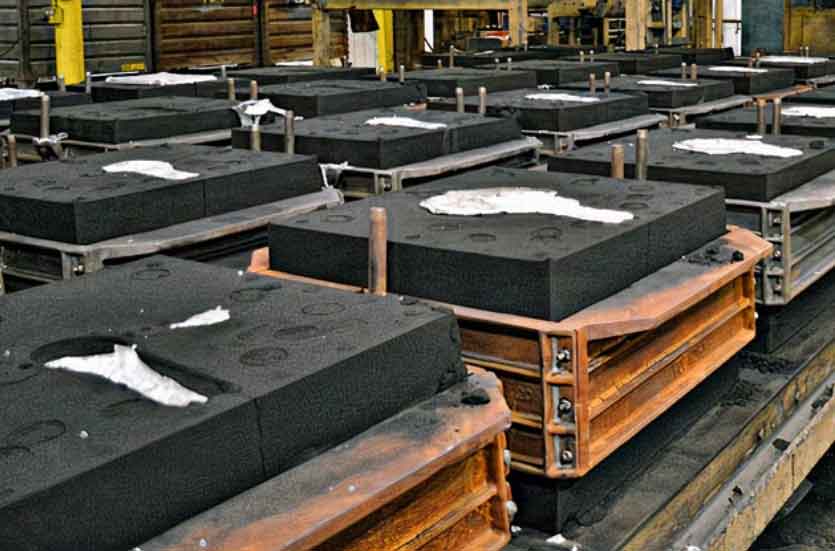
Resin sand casting plays a crucial role in transforming design ideas into reality by bridging the gap between concept and physical production. It allows designers to bring their ideas to life and validate their designs before committing to full-scale production. Here’s how resin sand casting helps in the transformation of design ideas:
- Conceptualization and Visualization: Resin sand casting enables designers to visualize their design ideas in a tangible form. By creating prototypes or patterns using resin sand casting, designers can see and feel the physical representation of their concept. This helps in evaluating the design’s aesthetics, ergonomics, and overall feasibility.
- Design Refinement and Iteration: Resin sand casting facilitates design refinement and iteration. With the ability to produce functional prototypes, designers can test their designs for fit, form, and function. Based on the feedback and insights gained from the prototypes, they can make necessary adjustments and refinements to improve the design before moving into full-scale production.
- Material Selection and Evaluation: Resin sand casting allows designers to explore different material options and evaluate their suitability for the intended application. By producing prototypes using different materials, designers can assess the material’s properties, performance, and compatibility with the design. This helps in making informed decisions about material selection for the final production parts.
- Verification of Design Intent: Resin sand casting helps verify whether the design can be successfully translated into a physical part. By producing prototypes that closely resemble the intended final part, designers can evaluate the design’s manufacturability, functionality, and performance. Any design flaws or issues can be identified and addressed early in the process, reducing the risk of costly errors during full-scale production.
- Communication and Collaboration: Resin sand casting enhances communication and collaboration between designers, engineers, and stakeholders. Physical prototypes enable clearer communication of design intent and facilitate discussions on design improvements or modifications. This collaborative approach ensures that everyone involved in the project is aligned and working towards a common goal.
- Time and Cost Savings: Resin sand casting helps save time and costs in the design and development phase. By producing prototypes through a rapid and cost-effective process, designers can iterate on their designs quickly and efficiently. This reduces the need for expensive tooling or extensive machining for each design iteration, leading to faster design validation and cost savings.
- Design Validation and Testing: Resin sand casting enables designers to conduct various tests and evaluations on their prototypes. Functional prototypes can be subjected to mechanical, thermal, or fluid dynamics testing to assess performance and validate design assumptions. This helps in identifying potential design weaknesses or areas for improvement early in the development process.
- Confidence in Production Scale-up: Resin sand casting provides confidence in scaling up production. By successfully producing prototypes using resin sand casting, designers have greater assurance that their design can be effectively translated into a full-scale production process. This confidence reduces the risk associated with production scale-up and ensures smoother transition into mass production.
Resin sand casting empowers designers to transform their design ideas into reality by providing the means to prototype, test, and refine their concepts. It enables designers to validate their designs, make informed decisions, and gain confidence in the manufacturability and performance of their products. This iterative and collaborative process ensures that the final design meets the desired specifications, resulting in successful product realization.
